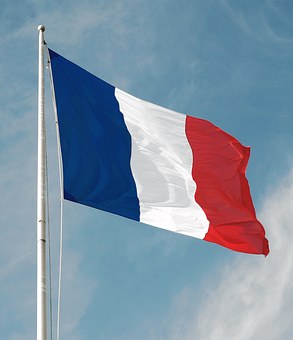
France began this year with a slowed down economy followed by the “breather” in the household spending added with a “big drag” witnessed in the foreign trade section. While, INSEE observed that the GDP of the “Eurozone's second largest economy” grew by “0.3% quarter-on-quarter clip” in the first quarter of 2017, while it remains under “0.4%” below its prior quarter figures.
The said figure falls short by “one tenth of a percentage point” to meet economists’ forecast, although “an upwards revision of the same magnitude to the estimate for the prior quarter” made up for the offset. Moreover, it has been reported that:
“Consumer expenditures slowed from growth of 0.6% quarter-on-quarter observed in the last quarter of 2016 to just 0.1% in quarter one, mainly due to lower spending on energy which slumped because of unusually warm weather”.
While, good purchase also remained slow, for cars were less purchased by the French. There was an increment of “0.4% on the quarter” on government spending. On the other hand, foreign trade slumped by “0.7 percentage points”, while the “resulting rise in inventories led to a 0.6 percentage point boost”. In the words of the Chief ‘Eurozone Economist’ at Panthoen Macroeconomics, Claus Vistesen:
“These two numbers are linked at the hip because falling net trade usually is associated by inventory accumulation via imports of intermediate goods.”
References:
www.digitallook.com
The said figure falls short by “one tenth of a percentage point” to meet economists’ forecast, although “an upwards revision of the same magnitude to the estimate for the prior quarter” made up for the offset. Moreover, it has been reported that:
“Consumer expenditures slowed from growth of 0.6% quarter-on-quarter observed in the last quarter of 2016 to just 0.1% in quarter one, mainly due to lower spending on energy which slumped because of unusually warm weather”.
While, good purchase also remained slow, for cars were less purchased by the French. There was an increment of “0.4% on the quarter” on government spending. On the other hand, foreign trade slumped by “0.7 percentage points”, while the “resulting rise in inventories led to a 0.6 percentage point boost”. In the words of the Chief ‘Eurozone Economist’ at Panthoen Macroeconomics, Claus Vistesen:
“These two numbers are linked at the hip because falling net trade usually is associated by inventory accumulation via imports of intermediate goods.”
References:
www.digitallook.com





